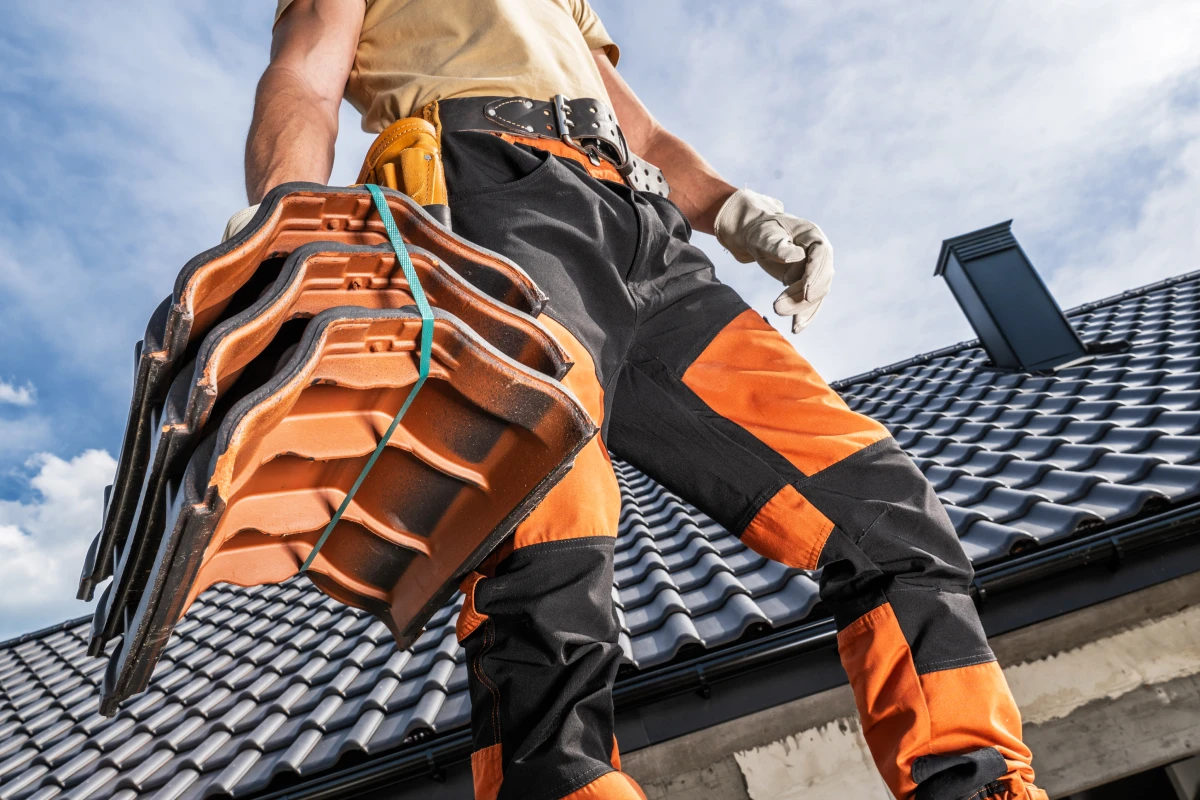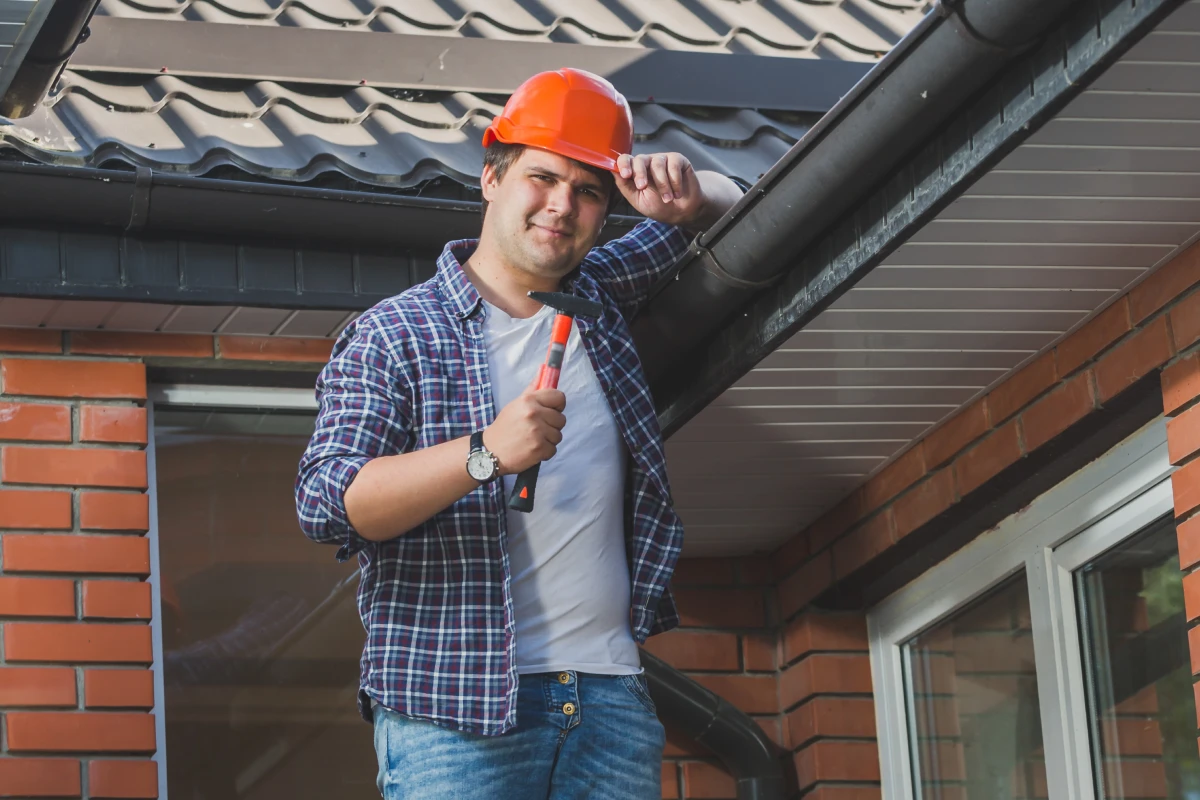Your Guide to Choosing the Right Roof for Northwest Indiana Weather
If you live in Northwest Indiana, you already know—our winters are no joke. From blizzards to ice storms, 50-mph winds to freeze-thaw chaos, your roof is your first and strongest line of defense.
But here’s the problem:
Most homeowners have no idea what type of roofing material is actually best for the Midwest. And the wrong choice could mean higher energy bills, constant repairs, or worse—early replacement.
So let’s fix that.
At Reliance Roof Troop, we specialize in winter-tough roofing solutions. This guide is built from years of experience on Midwest roofs—and it includes key insights most contractors won’t tell you.
Why Midwest Roofing Needs to Be Built Different
A roof in our climate has to do more than just cover your home. It has to:
- Hold up under heavy snow loads
- Resist high winds and freezing temps
- Prevent leaks from ice dams
- Withstand expansion and contraction
- Last for decades—not just survive for a few years
Most standard roofs aren’t designed for that. That’s why material choice matters more here than in almost any other region.
The Problem With Most Asphalt Shingles
Most homes in our area use standard oxidized asphalt shingles. They’re common, cheap, and easy to install. But they weren’t built with our climate in mind.
Here’s why:
- They’re made from pre-aged asphalt, which means they’ve already gone through stress before they even touch your roof.
- In freezing temperatures, they become brittle—making them more prone to cracking and granule loss.
- They don’t shed snow well. Snow piles up and adds weight, and when it melts unevenly, it can refreeze at the eaves—forming ice dams that cause costly leaks.
- Over time, the freeze-thaw cycle pries up shingles, breaks down seals, and leads to premature failure.
So while standard shingles can work, they often require early repairs or replacement—especially without proper attic insulation and ice shielding.
The Better Option: SBS Polymer-Modified Asphalt Shingles
This is where we recommend taking a smarter step.
SBS polymer-modified shingles (also called rubberized asphalt shingles) are quickly becoming the future of cold-climate roofing—and for good reason:
- They stay flexible in the cold, meaning they don’t crack or snap during those January deep freezes.
- They expand and contract without damage, which is critical in areas that fluctuate between 0° and 40° in a single day.
- They seal better, with stronger bonding that holds tight during high winds.
- They last longer, with better resistance to granule loss, cracking, and curling.
These aren’t theoretical benefits—we’ve installed Malarkey Roofing Products, one of the pioneers in SBS shingles, on homes throughout Northwest Indiana. They hold up. They look great. And they’re one of the smartest long-term investments a homeowner can make.
Premium Winter Roofing Options (When You Want the Best of the Best)
If you’re planning to live in your home for decades—or simply want peace of mind—consider stepping up to one of these premium materials:
1. Metal Roofing
The top choice for snow-heavy climates.
- Sheds snow easily
- Doesn’t absorb moisture (so no freeze-thaw cracking)
- Lasts 50–60+ years
- Needs extra insulation underneath to avoid heat loss
Bonus: Many metal roofs are lighter than shingles, reducing overall structural strain.
2. Synthetic/Composite Roofing
Looks like slate or shake. Performs like a tank.
- Rubberized and waterproof
- Lightweight and flexible in cold
- Resists cracking and leaks—even during extreme freeze-thaw
- Offers high-end look without the slate price tag
Other Options: Slate and Tile (What to Know)
Slate Roofing
Incredibly durable (50–100 years), naturally insulated, and nearly freeze-proof.
But it’s heavy and expensive—your home may need structural upgrades to handle the weight.
Tile Roofing (Clay & Concrete)
Clay tile can work if rated for freeze-thaw climates.
Concrete tile? Not so much. It absorbs water and cracks in the cold. We don’t recommend it for most Midwest homes.
The Midwest Roofing Rankings (According to Our Experts)
Here’s how we rank your options for performance in a Northwest Indiana winter:
| Rank | Material | Best For |
| 1 | Metal Roofing | Best overall for snow, ice, and durability |
| 2 | Polymer-Modified (SBS) Asphalt Shingles | Best value + winter toughness |
| 3 | Synthetic/Composite | High-end looks with high performance |
| 4 | Slate Roofing | Elite longevity (if your structure supports it) |
| 5 | Standard Asphalt Shingles | Budget option, decent with proper prep |
| 6 | Tile (Clay/Concrete) | Avoid unless freeze-rated (and budget allows) |
Final Advice for Indiana Homeowners
If you’re replacing your roof in the next few years, don’t just go with what’s popular—go with what’s proven.
With rising material and labor costs, it makes no sense to install something that’ll break down faster just to save a little up front.
At Reliance Roof Troop, we’ve helped hundreds of homeowners make smart, long-term roofing decisions. Whether you’re looking for high-performance asphalt, metal, or composite options—we’ll walk you through your best fit based on your home, your goals, and your budget.
Ready for a Winter-Ready Roof?
Call us at 219-777-0284 or visit www.RelianceRoofTroop.com to schedule your free inspection.
Our local, in-house trained team will analyze your roof, explain your options, and make sure you’re set up to survive—and thrive—through every Northwest Indiana winter.
Reliance Roof Troop – Built for the Midwest. Backed by experience.
FAQs on Midwest Winter Roofing
Q1. What is the most durable roof for snowy Midwest winters?
A: Metal and slate roofs are the most durable, with lifespans of 50–100 years and excellent snow resistance.
Q2. Which roofing material prevents ice dams best?
A: Metal sheds snow quickly, reducing meltwater buildup. However, attic insulation and ventilation are more critical than roofing material alone.
Q3. Can asphalt shingles handle Midwest snow?
A: Yes, with proper underlayment and attic prep. They’re less durable than metal or slate but offer a good cost-performance balance.
Q4. Are synthetic roofs good for freezing climates?
A: Absolutely. Synthetics resist water, don’t crack in cold, and offer strong wind and snow performance.
Q5. Is slate roofing worth the cost for winter protection?
A: Yes, if your home can support the weight and you plan to stay long-term. Slate offers unmatched longevity and cold resistance.
Q6. Should I avoid tile roofing in the Midwest?
A: Clay tiles can work if they’re freeze-rated, but concrete tiles are risky due to water absorption and freeze-thaw damage.


